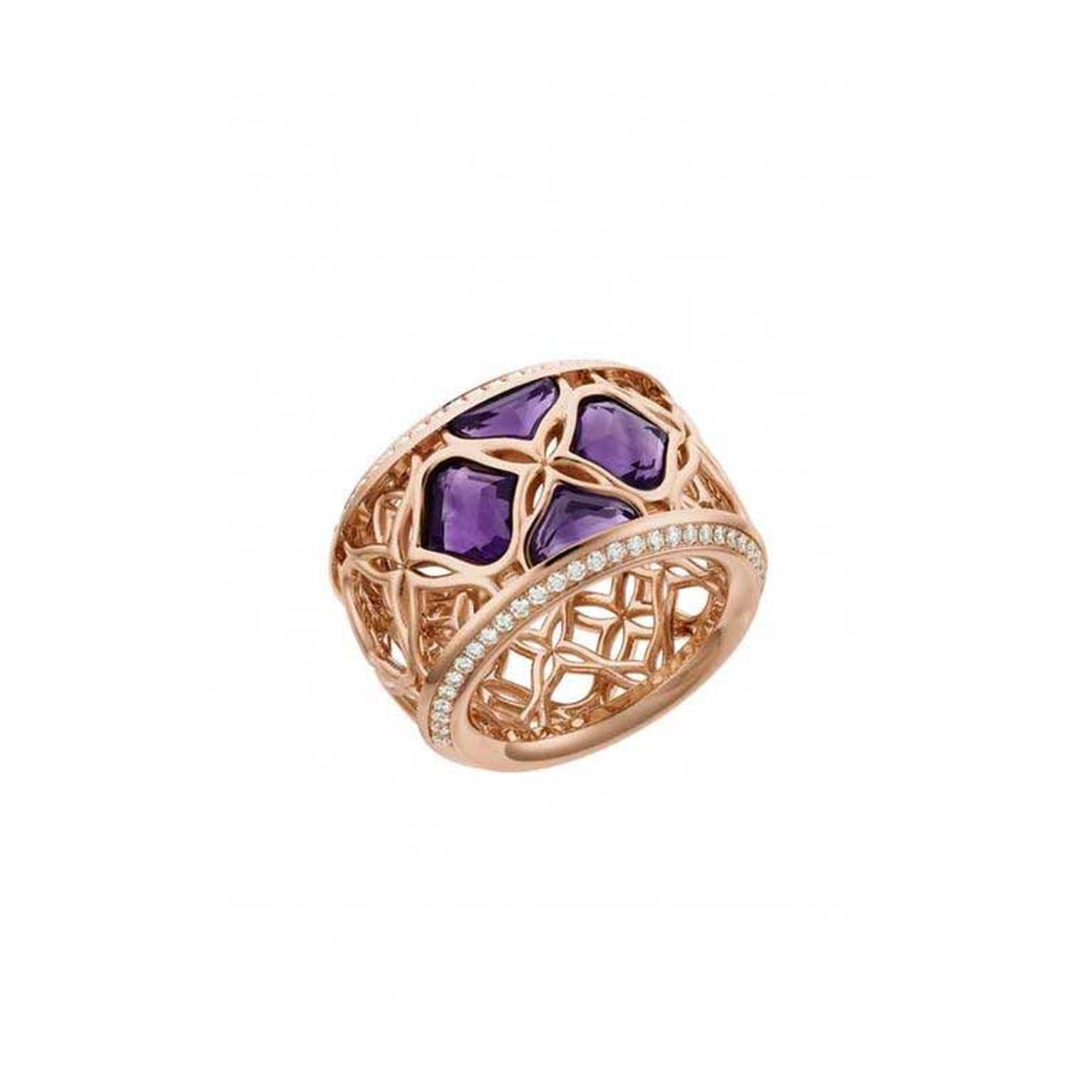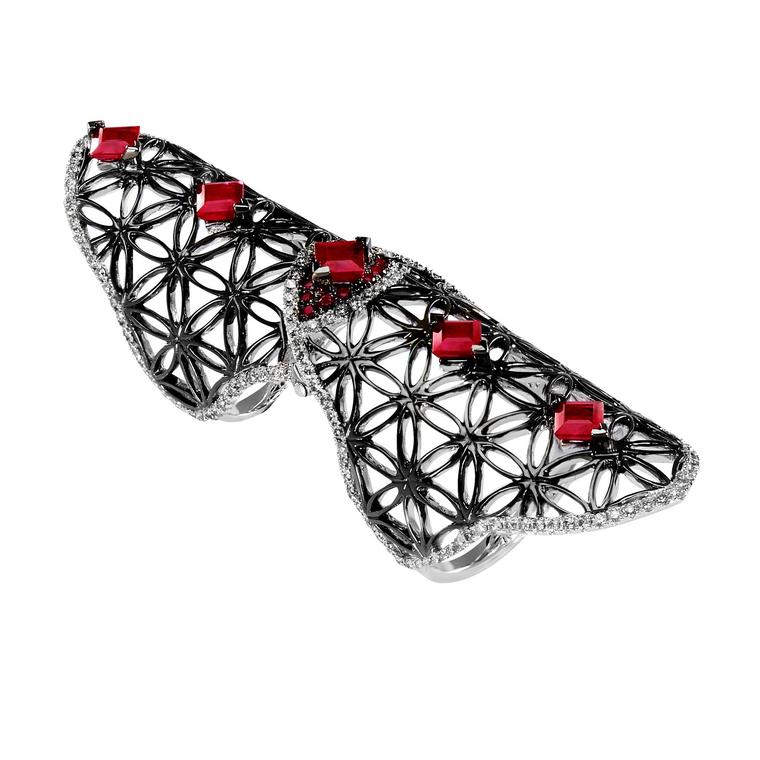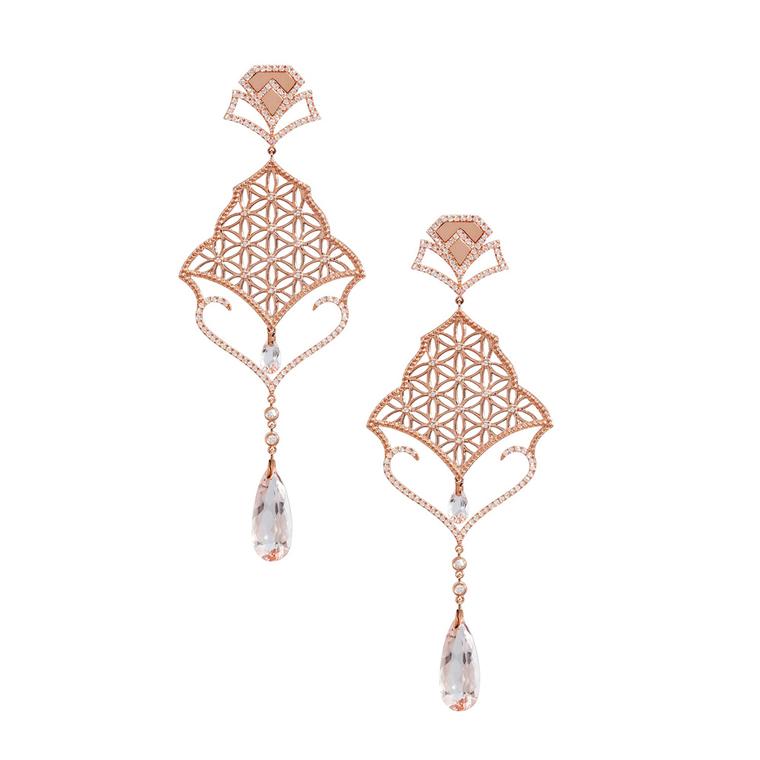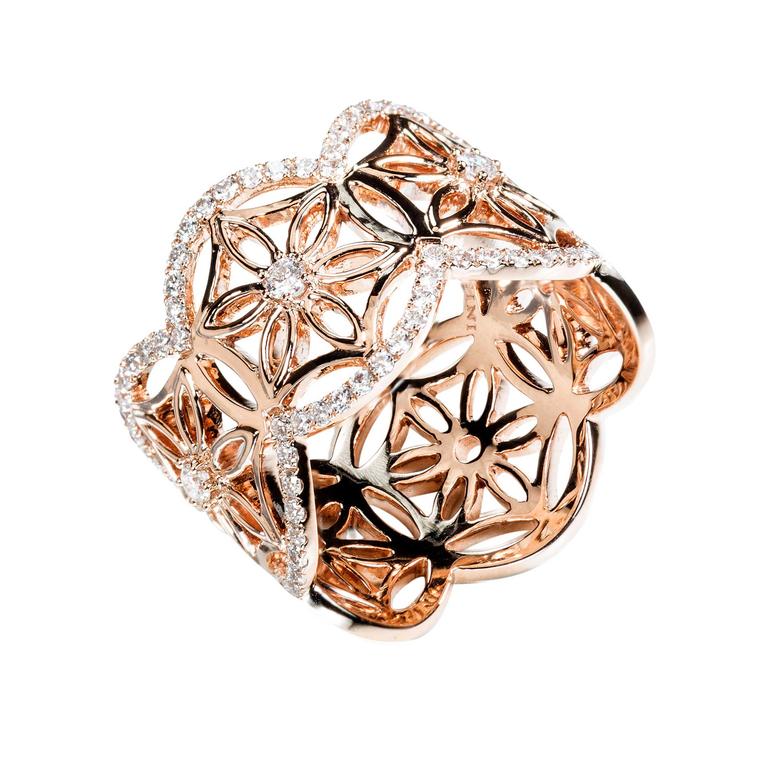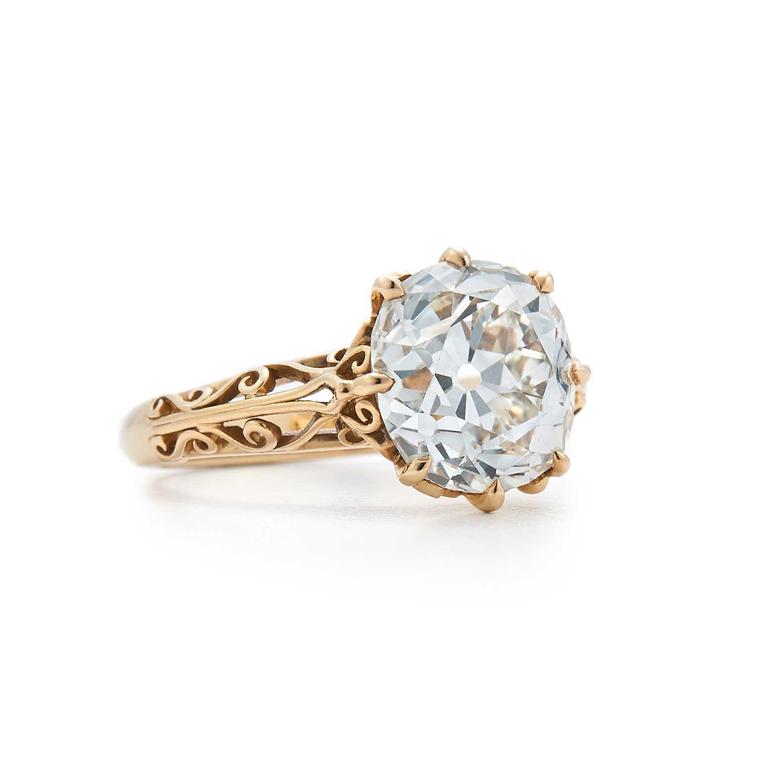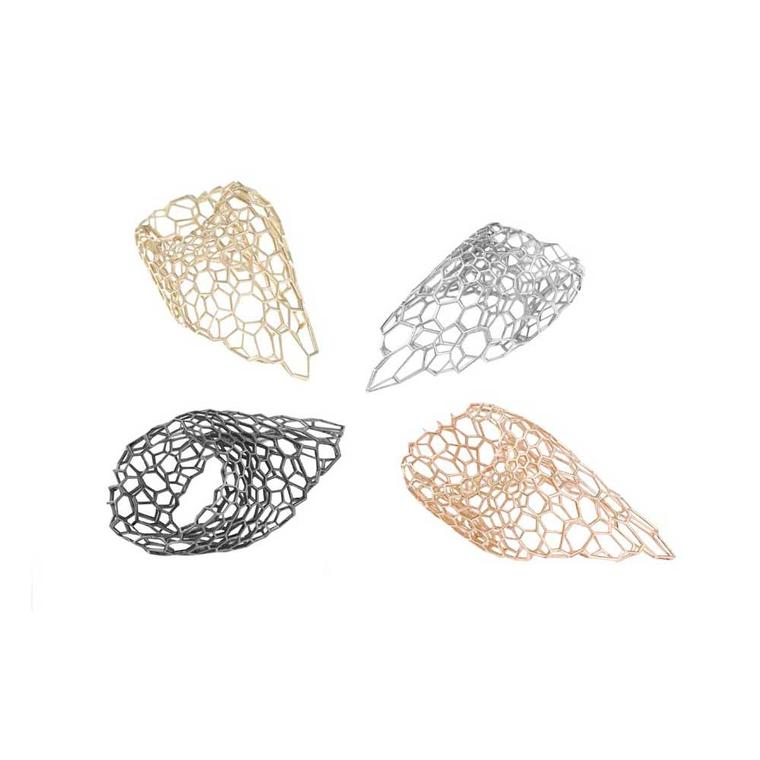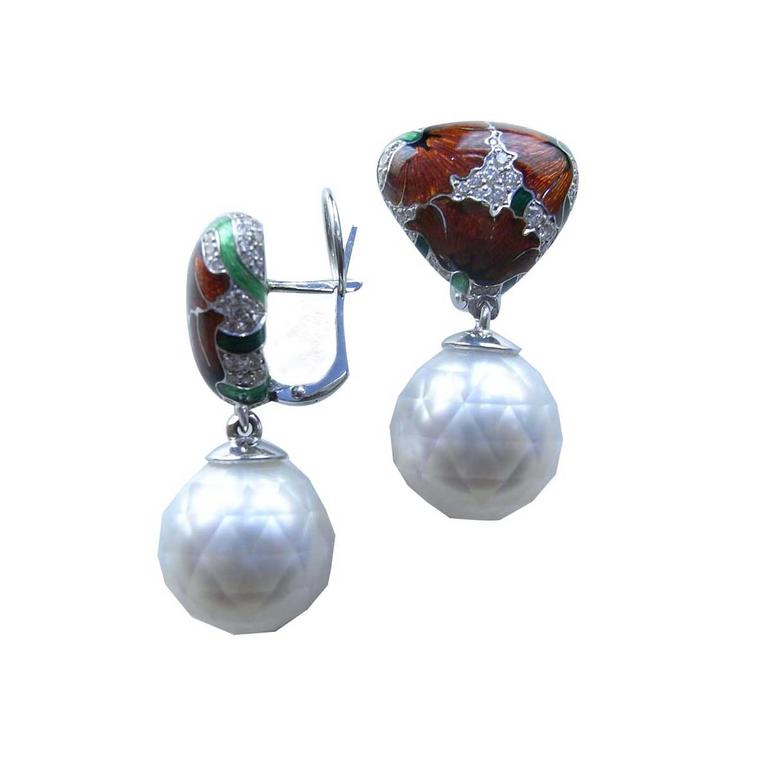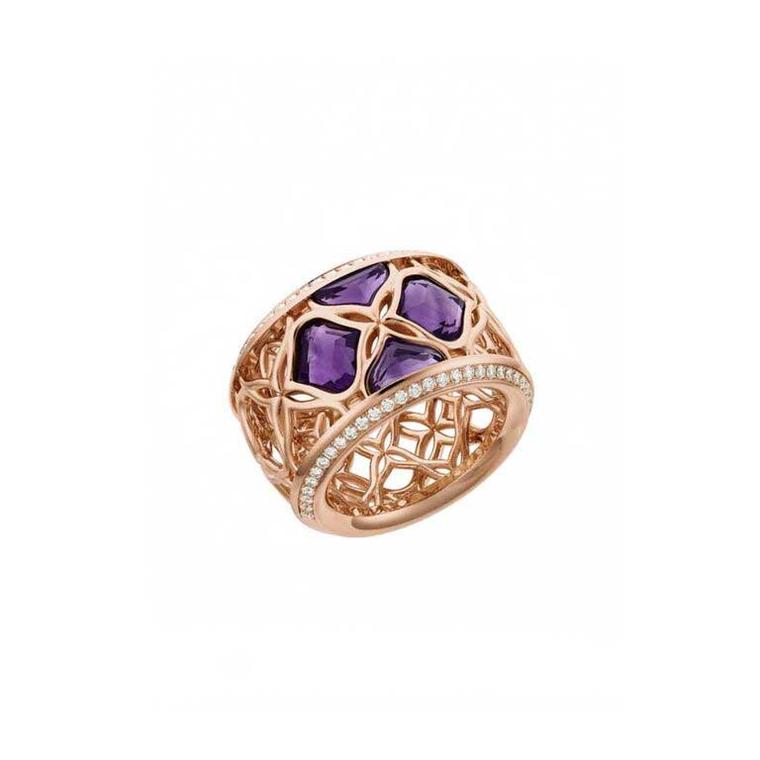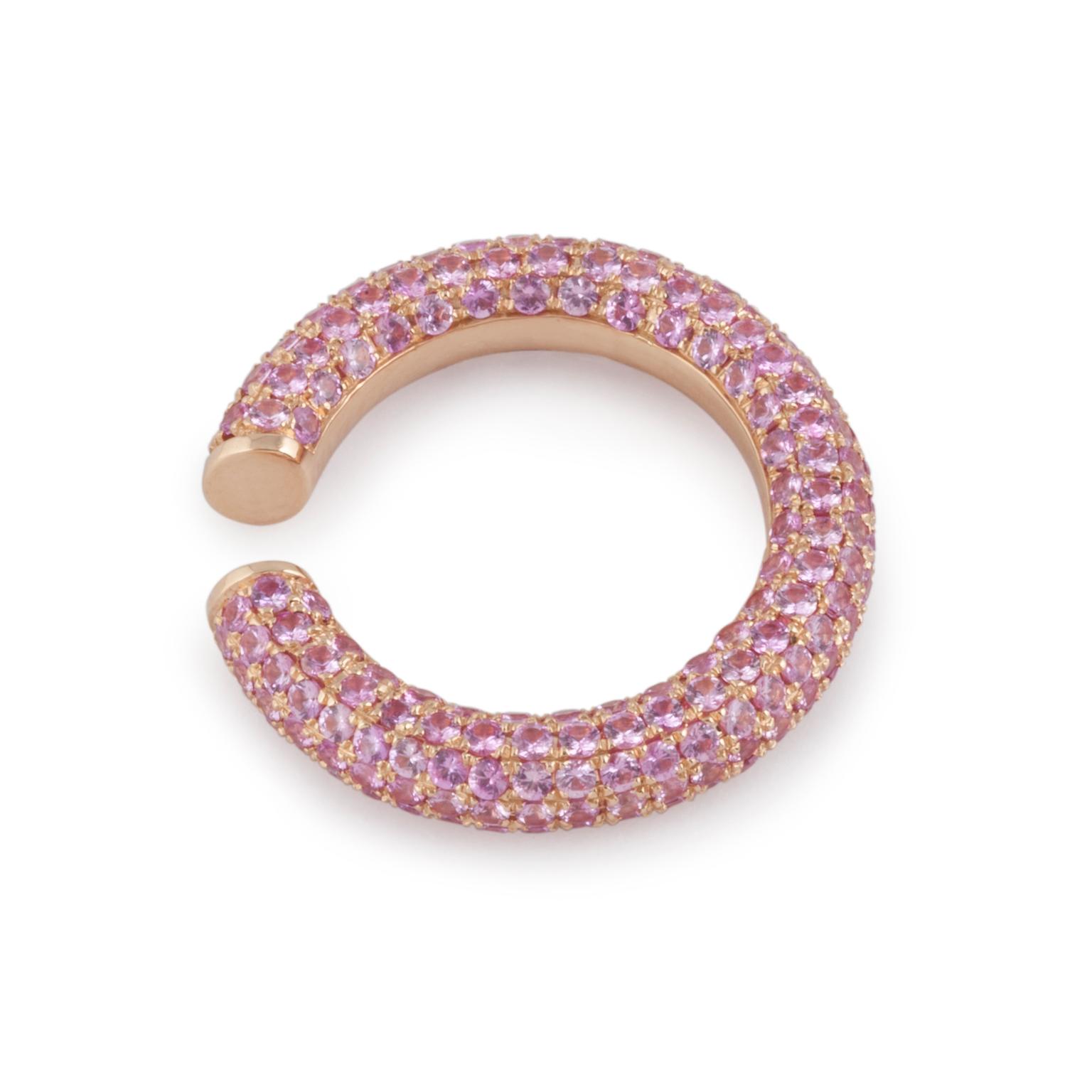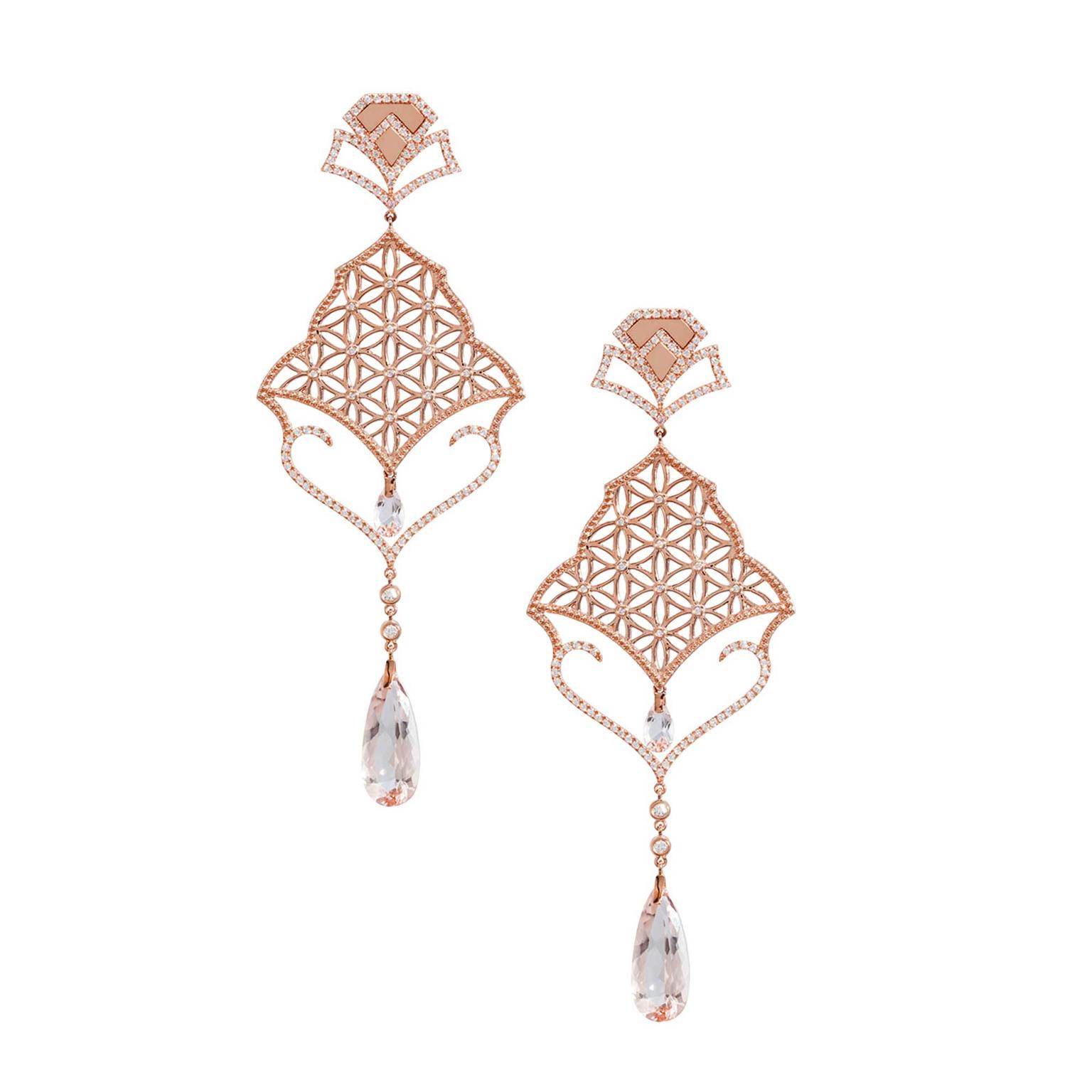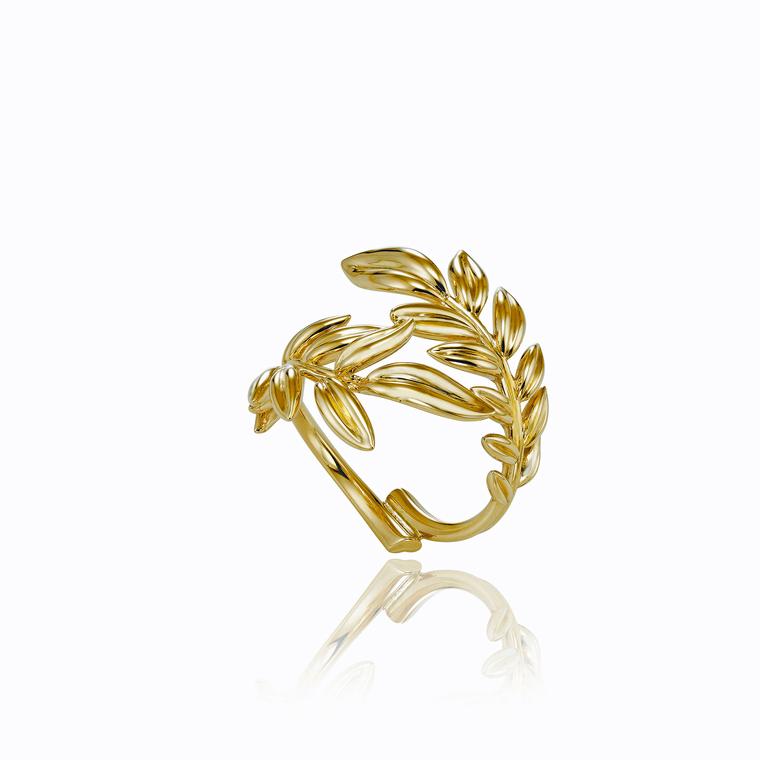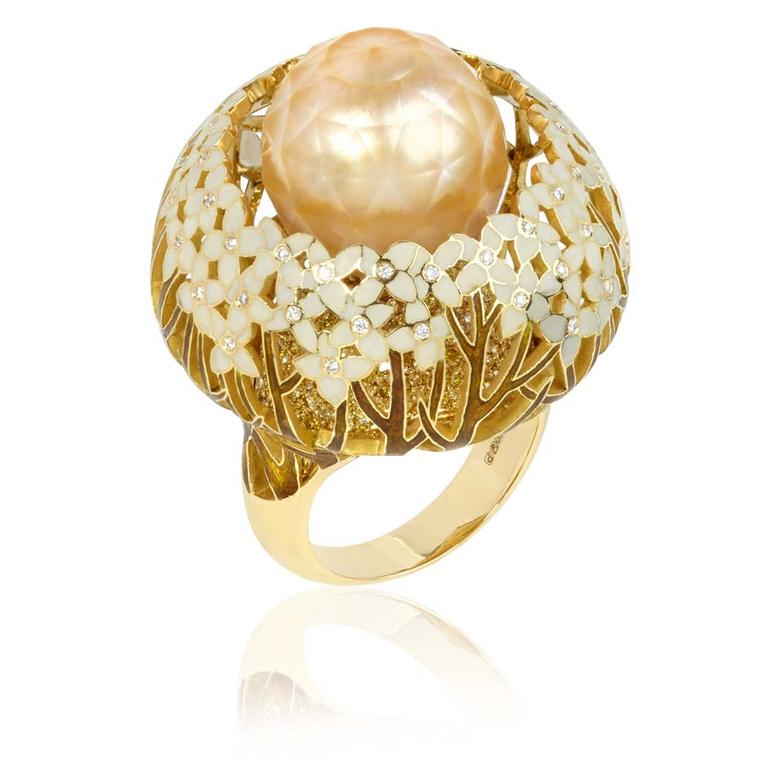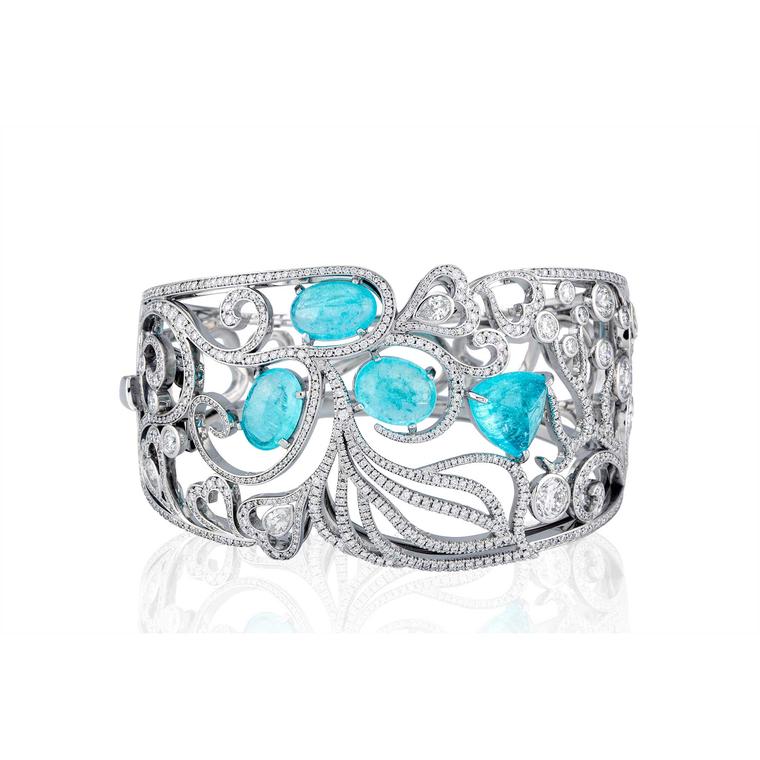By Åse Anderson
The ancient jewellery-making technique of filigree has its roots in Mesopotamia, where it was used by craftsmen as far back as 3,000 BC. The name itself is derived from the Latin words for thread, filum, and grain, granum, with the latter referring to the tiny beads that were often used in filigree jewellery.
One of the most fascinating jewellery-making techniques still in use today, filigree involves twisting thin metal threads into intricate lace-like patterns. The fine wire pieces are then soldered together to create a larger piece, with or without gemstone accents. In ancient times, another technique called granulation, whereby small beads of metal were soldered onto the wirework, was often used together with filigree.
See more fine jewellery created using the art of filigree here
There are numerous examples of historic filigree jewels in museums all over the world, including a number of earrings dating back to Etruscan times on display at the British Museum. The Victoria and Albert Museum also houses several pieces made by Byzantine goldsmiths who sometimes set small precious stones in between the knots and curves of the filigree patterns.
In the 1820s and 1830s, coloured gemstones were often used in combination with elaborate filigree, featuring spirals known as cannetille and granules that were referred to as graniti. By employing this openwork jewellery-making technique, craftsmen could create bulky and opulent gold jewellery using the minimum of precious metal.
In the Edwardian era, jewellery was characterised by a delicate elegance and airiness that reflected the carefree and optimistic attitudes of the times. Antique engagement rings from this era often have complex filigree detailing in platinum, together with diamonds in old-mine or Old-European cuts.
Read more about Edwardian antique engagement rings here
Filigree was also extremely popular during the Art Deco era of the 1920s and 1930s. Arguably, some of the finest examples of filigree stem from this period when delicate openwork patterns were incorporated not only into rings, but also bracelets and pendant necklaces.
Crafting filigree jewellery is a painstaking and delicate process requiring many hours spent shaping the fine metal wire into the characteristically intricate curls and twists. However, even today, many designers continue to use this jewellery-making technique to great effect.
Florida-based Buddha Mama jewellery has quickly won over legions of fans with its handmade Eastern-inspired 20ct gold jewellery. Designer Nancy Badia has an eye for detail that comes across in all her pieces, not least this gold cuff featuring filigree lattice set with white diamonds and emeralds.
See more Buddha Mama Eastern-inspired spiritual jewellery here
Dionea Orcini jewellery is another brand to use filigree to add detailing and texture to gold jewellery. The Semiramis collection incorporates a 6,000-year-old sacred geometrical shape, known as the Flower of Life, which consists of evenly spaced overlapping circles in a flower-like pattern. Crafted from yellow or black and white gold, the mesmerising pattern is accentuated with white diamonds or coloured gemstones.
Openwork filigree adds a sense of lightness to chunkier pieces such as this rose gold Imperiale ring from the iconic Chopard jewellery collection. The technique can also be used to create small details such as the yellow gold heart trim on this Van Cleef & Arpels bracelet from 1951.
Read more about the launch of the Chopard jewellery e-boutique here
Two pieces that demonstrate the versatility of this age-old jewellery-making technique are these rings from Zaha Hadid and Fred Leighton jewellery. In the former, the filigree is inspired by intricate cellular structures and a geometric pattern, free from any gemstone ornamentation, which looks starkly modern and sculptural. On the Fred Leighton engagement ring the filigree has the opposite effect and adds an old-world glamour that, together with the old mine-cut diamond centre stone, is reminiscent of the Edwardian era.
These very different pieces perfectly encapsulate how modern-day jewellers are adapting this age-old jewellery-making technique to suit a diverse range of styles.


